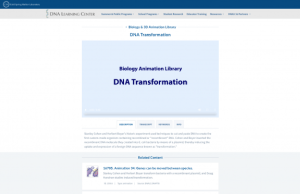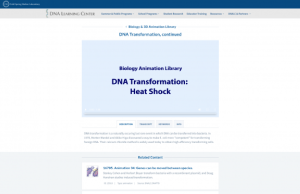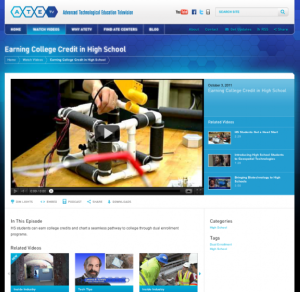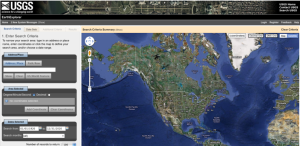Browse Resources
Application -- Flash
Resources | |
|---|---|
The Using DNA Barcodes to Identify and Classify Living Things laboratory demonstrates several important concepts of modern biology. During the course of this laboratory, students will collect and analyze sequence data from plants or animals or products from them, use DNA sequences to identify...
The discovery of enzymes that could cut and paste DNA made genetic engineering possible. Restriction enzymes, found naturally in bacteria, can be used to cut DNA fragment at specific sequences, while another enzyme, DNA ligase, can attach or rejoin DNA fragments with complementary ends. This...
Stanley Cohen and Herbert Boyer's historic experiment used techniques to cut and paste DNA to create the first custom-made organism containing recombined or 'recombinant' DNA. Cohen and Boyer inserted the recombinant DNA molecule they created into E. coli bacteria by means of a plasmid, thereby...
DNA transformation is a naturally occurring but rare event in which DNA can be transferred into bacteria. In 1970, Morton Mandel and Akiko Higa discovered a way to make E. coli more 'competent' for transforming foreign DNA. Their calcium chloride method is widely used today to obtain high-efficiency...
This resource, provided by Maricopa Advanced Technology Education Center (MATEC), is a cut-away animation of a pneumatic double action gripper. The objective of the animation is to describe how the double action gripper works. A short description is included. An .mp4 is also available and runs 01:15...
This video segment, adapted from ATETV, explores Engineering Technology by providing an overview of what skills students will need to learn in order to succeed after graduation. This specific video takes a look at an adult non-traditional student returning to school, and how the community college...
This resource, provided by Maricopa Advanced Technology Education Center (MATEC), is a cut-away animation of a pneumatic dual rod cylinder. The objective of this resource is to show how the dual rod cylinder works. An .mp4 is also included and runs 01:00 minute in length.
Two sequencing techniques were developed independently in the 1970s. The method developed by Fred Sanger used chemically altered 'dideoxy' bases to terminate newly synthesized DNA fragments at specific bases (either A, C, T, or G). These fragments are then size-separated, and the DNA sequence can be...
ATETV continues to produce excellent web-based videos spotlighting advanced technical careers and educational programs. This video, part of the From High School to College series, shows how high school students can earn college credits and chart a seamless pathway to college through dual enrollment...
This tool from the United States Geological Survey provides an easy way to navigate a variety of data sets including aerial photography, AVHRR composites, declassified data, digital line graphs, digital maps and more. The tool also makes it easy to find the latitude and longitude for a given...
| |
| ← Previous | Next → |









